| Rus | Eng |

ACS Meetings organizes two of the most respected scientific meetings in the world. American National Meetings offer scientific professionals a legitimate platform to present, publish, discuss and exhibit the most exciting research discoveries and technologies in chemistry and its related disciplines.
247th ACS National Meeting and Exposition facilitated networking opportunities, career development and placement, and provided companies an opportunity to exhibit products and services to a targeted audience.
The Exposition gave attendees the chance to meet more than 250 exhibitors, many of whom were showcasing new technological developments. A number of exhibitors also offered free workshops during the meeting so attendees had possibility to learn more about that state-of-the-art technologies.
PM Session: Nanomaterials for Energy, March 17, 2014 at the Dallas Convention Center
More than 100 ACS National Meeting attendees at each talk during "Nanomaterials for Energy" joint session on March 17, 2014 at the Dallas Convention Center, hosted by ACS Nano and Nano Letters journals.
At that session Yury Gogotsi presented "2D carbides and carbonitrides: A new family of materials for electrochemical energy storage".
2D carbides and carbonitrides: A new family of materials for electrochemical energy storage
Yury Gogotsi, Этот e-mail адрес защищен от спам-ботов, для его просмотра у Вас должен быть включен Javascript , Department of Materials Science and Engineering, Drexel University, Philadelphia, PA 19104, United States
Abstract
Recently a new, large family of two-dimensional (2D) early transition metal carbides and carbonitrides, called MXenes, was discovered. They were produced by selective etching of Al from layered ternary transition metal carbides and/or nitrides so called MAX phases. So far, the following MXenes have been synthesized: Ti3C2, Ti2C, Nb2C, V2C, (Ti0.5,Nb0.5)2C, (V0.5,Cr0.5)3C2, Ti3CN, Ta4C3, and Nb4C3. In addition, many others are expected to exist, according to DFT calculations.
MXenes combine the metallic conductivity of transition metal carbide layers with the hydrophilic nature of their hydroxyl or oxygen terminated surfaces. In essence, they behave as “conductive clays”. They are expected to be good candidates for a host of applications. They have already shown promising performance in electrochemical energy storage systems. For example, flexible additive-free electrodes of delaminated Ti3C2 showed a reversible capacity of 410 mAhg-1 at 1 C rate and 110 mAhg-1 at 36 C in Li-ion battery anode tests.
This excellent capability to handle high cycling rates suggests MXenes to be used also in Li-ion capacitors and supercapacitors. Reversible capacities – stable for more than 10,000 cycles - of more than 330 F/cm3 were achieved when those additive-free Ti3C2based electrodes were tested in a KOH electrolyte, using a current of 1 A/g. Herein we report on the recent progress in the synthesis of MXenes, their properties, and their performance in both lithium ion batteries and electrochemical capacitors.
References:
(1) Naguib, M.; Mochalin, V.N.; Barsoum, M.W.; Gogotsi, Y., MXenes: A New Family of Two-Dimensional Materials, Adv. Mater. 2013, DOI: 10.1002/adma.201304138.
(2) Naguib, M.; Kurtoglu, M.; Presser, V.; Lu, J.; Niu, J.; Heon, M.; Hultman, L.; Gogotsi, Y.; Barsoum, M. W. Adv. Mater. 2011, 23, 4248.
(3) Naguib,M.; Mashtalir,O.; Carle, J.; Presser, V.; Lu, J.; Hultman, L.; Gogotsi, Y.; Barsoum, M. W. ACS Nano2012, 6, 1322.
(4) Naguib, M.; Halim, J.; Lu, J.; Cook, K; Hultman, L.; Gogotsi, Y.; and Barsoum, M.W., New Two-Dimensional Niobium and Vanadium Carbides as Promising Materials for Li-ion Batteries, J. Am. Chem. Soc.2013, DOI: 10.1021/ja405735d.
(5) Naguib, M.; Come, J.; Dyatkin, B.; Presser, V.; Taberna, P.-L.; Simon, P.; Barsoum, M.W.; Gogotsi, Y. Electrochem. Commun. 2012, 16, 61.
(6) Come, J.; Naguib, M.; Rozier, P.; Barsoum, M. W.; Gogotsi, Y.; Taberna, P.-L.; Morcrette, M.; Simon, P. J. Electrochem. Soc. 2012, 159, A1368.
(7) Mashtalir, O.; Naguib, M.; Mochalin, V. N.; Dall'Agnese, Y.; Heon, M.; Barsoum, M. W.; Gogotsi, Y. Nat. Commun.2013, 4, 1716.
(8) Lukatskaya, M. R.; Mashtalir, O.; Ren, C. E.; Dall'Agnese, Y.; Rozier, P.; Taberna, P. L.; Naguib, M.; Simon, P.; Barsoum, M. W.; Gogotsi, Y. Science 2013, 341, 1502.
Source: www.acs.org


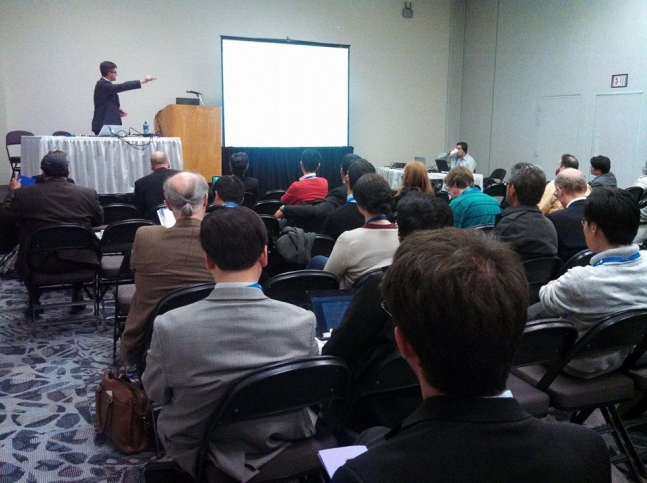


 MXenes potential applications include sensors, wound healing materials, and drug delivery systems. A recent study explored how different synthesis methods affect the safety and performance of MXenes. By comparing etching conditions and intercalation strategies, researchers discovered that fine-tuning the surface chemistry of MXenes plays a crucial role in improving biocompatibility. These results provide practical guidelines for developing safer MXenes and bring the field one step closer to real biomedical applications.
MXenes potential applications include sensors, wound healing materials, and drug delivery systems. A recent study explored how different synthesis methods affect the safety and performance of MXenes. By comparing etching conditions and intercalation strategies, researchers discovered that fine-tuning the surface chemistry of MXenes plays a crucial role in improving biocompatibility. These results provide practical guidelines for developing safer MXenes and bring the field one step closer to real biomedical applications.
 Exellent news, our joint patent application with Drexel University on highly porous MAX phase precursor for MXene synthesis published. Congratulations and thanks to all team involved!
Exellent news, our joint patent application with Drexel University on highly porous MAX phase precursor for MXene synthesis published. Congratulations and thanks to all team involved! Our team was very delighted to take part in International Symposium "The MXene Frontier: Transformative Nanomaterials Shaping the Future" – the largest MXene event in Europe this year!
Our team was very delighted to take part in International Symposium "The MXene Frontier: Transformative Nanomaterials Shaping the Future" – the largest MXene event in Europe this year!  Last Call! Have you submitted your abstract for IEEE NAP-2025 yet? Join us at the International Symposium on "The MXene Frontier: Transformative Nanomaterials Shaping the Future" – the largest MXene-focused conference in Europe this year! Final Submission Deadline: May 15, 2025. Don’t miss this exclusive opportunity to showcase your research and engage with world leaders in the MXene field!
Last Call! Have you submitted your abstract for IEEE NAP-2025 yet? Join us at the International Symposium on "The MXene Frontier: Transformative Nanomaterials Shaping the Future" – the largest MXene-focused conference in Europe this year! Final Submission Deadline: May 15, 2025. Don’t miss this exclusive opportunity to showcase your research and engage with world leaders in the MXene field! We are excited to announce the publication of latest review article on MXenes in Healthcare. This comprehensive review explores the groundbreaking role of MXenes—an emerging class of 2D materials—in revolutionizing the fields of medical diagnostics and therapeutics. Read the full article here: https://doi.org/10.1039/D4NR04853A.
We are excited to announce the publication of latest review article on MXenes in Healthcare. This comprehensive review explores the groundbreaking role of MXenes—an emerging class of 2D materials—in revolutionizing the fields of medical diagnostics and therapeutics. Read the full article here: https://doi.org/10.1039/D4NR04853A. Congratulations and thank you to our collaborators from TU Wien and CEST for very interesting work and making it published! In this work, an upscalable electrochemical MXene synthesis is presented. Yields of up to 60% electrochemical MXene (EC-MXene) with no byproducts from a single exfoliation cycle are achieved.
Congratulations and thank you to our collaborators from TU Wien and CEST for very interesting work and making it published! In this work, an upscalable electrochemical MXene synthesis is presented. Yields of up to 60% electrochemical MXene (EC-MXene) with no byproducts from a single exfoliation cycle are achieved. Congratulations to all collaborators with this interesting joint work!
Congratulations to all collaborators with this interesting joint work!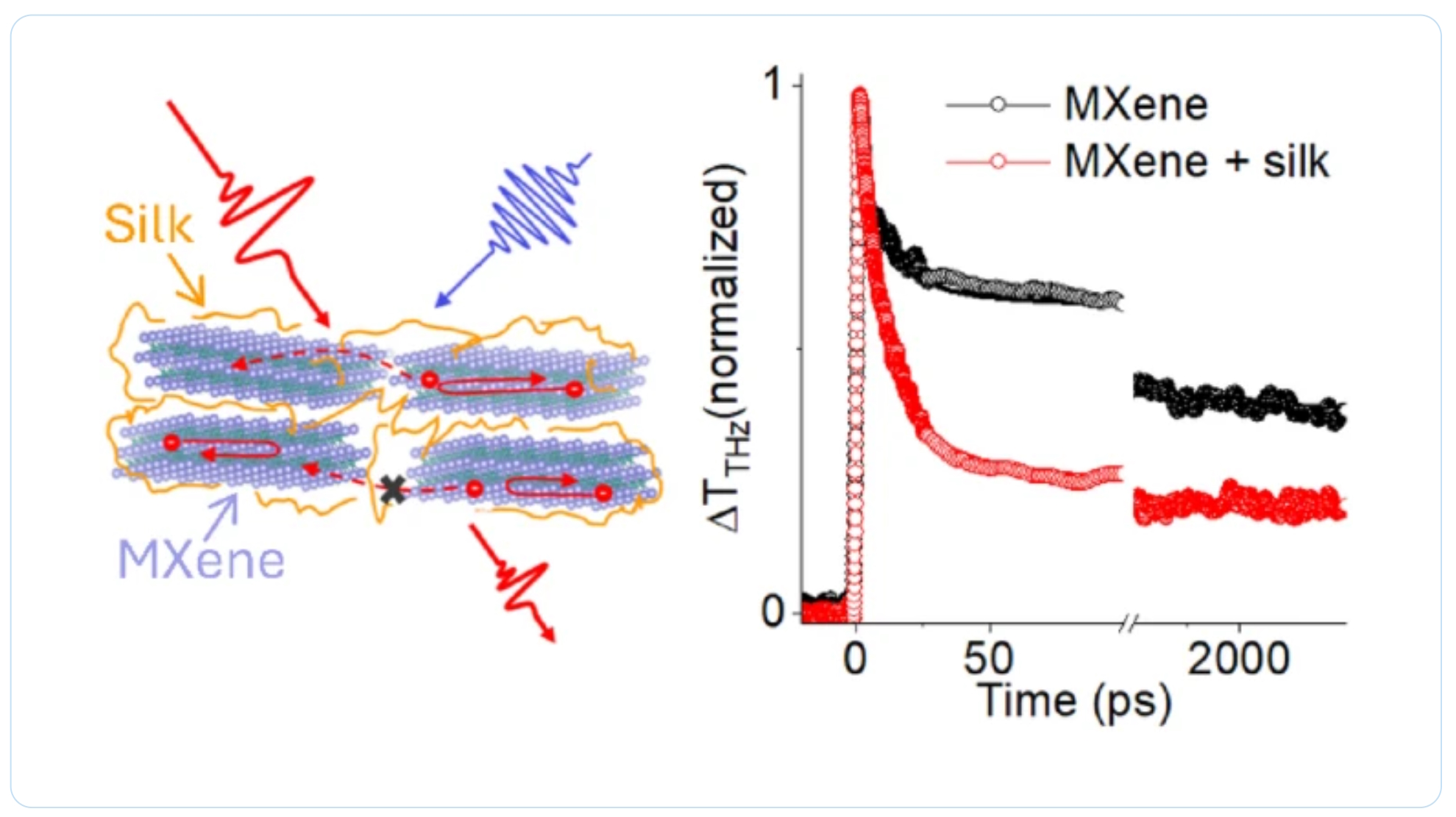 Thank you to our collaborators for the amazing joint work recently published in Graphene and 2D Nanomaterials about MXene–silk fibroin composite films aiming to develop materials with tunable electronic and thermal properties
Thank you to our collaborators for the amazing joint work recently published in Graphene and 2D Nanomaterials about MXene–silk fibroin composite films aiming to develop materials with tunable electronic and thermal properties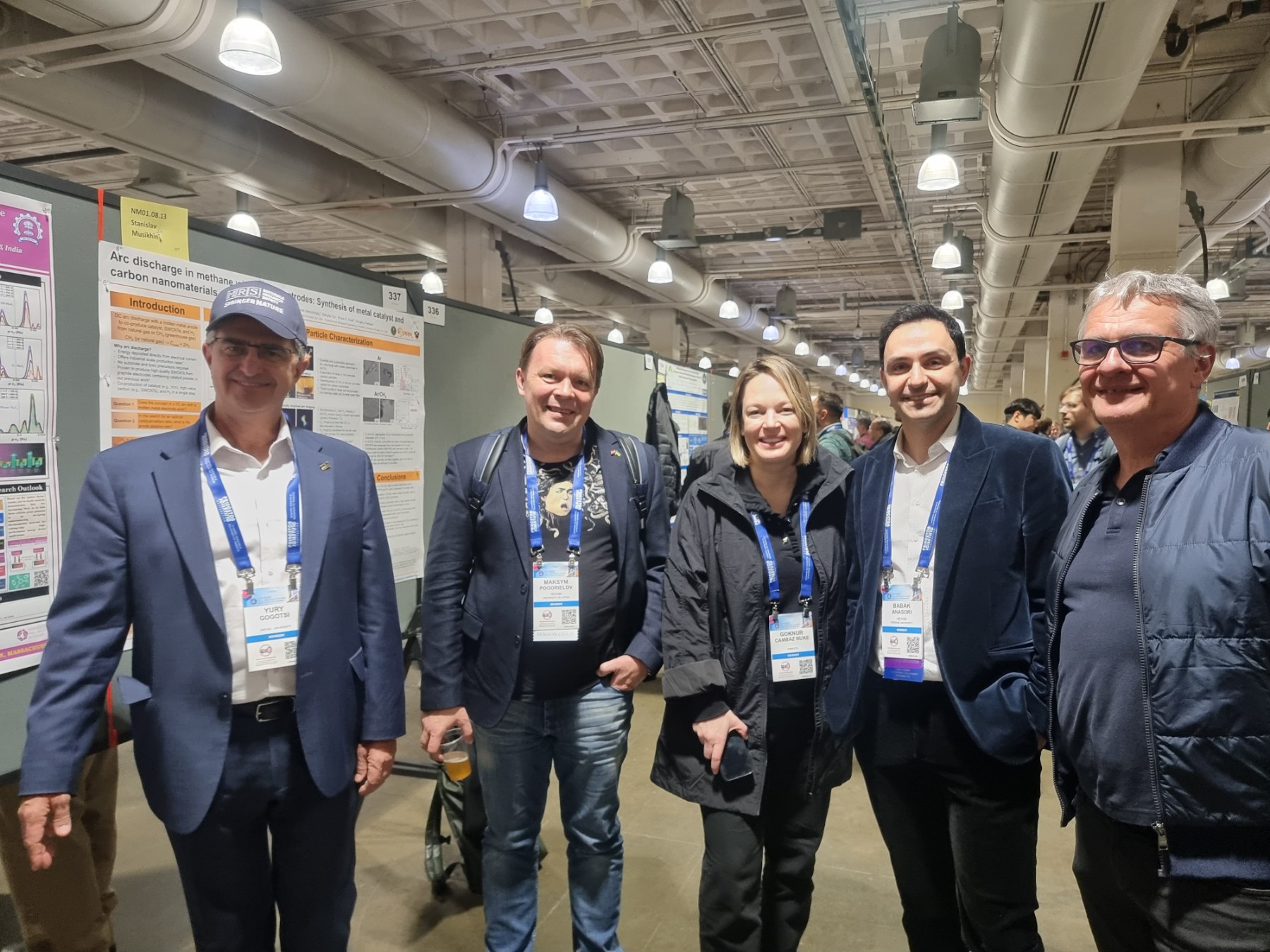 Dr. Oleksiy Gogotsi, director of MRC and Carbon-Ukraine, innovative companies that are among the leaders on the world MXene market, visited 2024 MRS Fall Meeting & Exhibit. together with Dr. Maksym Pogorielov, Head of Advanced Biomaterials and Biophysics Laboratory, University of Latvia.
Dr. Oleksiy Gogotsi, director of MRC and Carbon-Ukraine, innovative companies that are among the leaders on the world MXene market, visited 2024 MRS Fall Meeting & Exhibit. together with Dr. Maksym Pogorielov, Head of Advanced Biomaterials and Biophysics Laboratory, University of Latvia.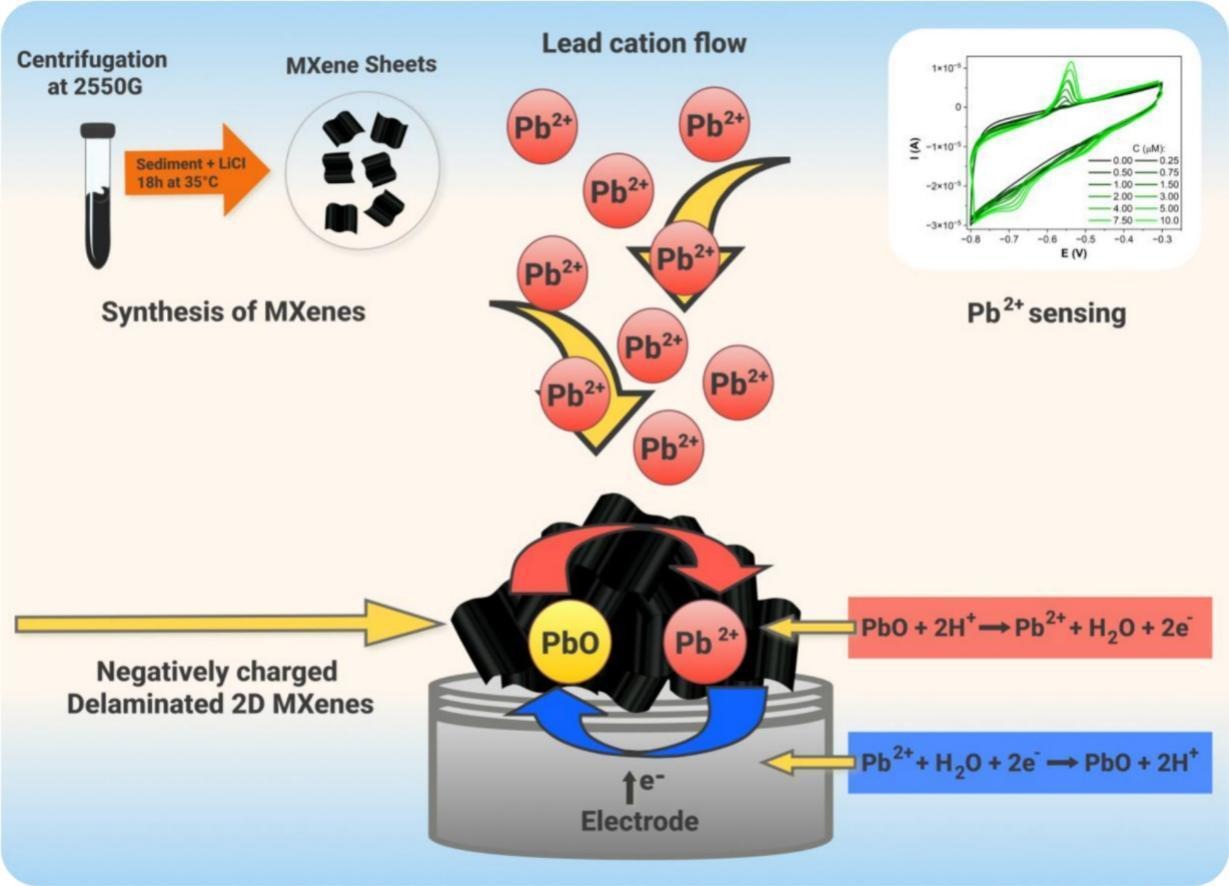
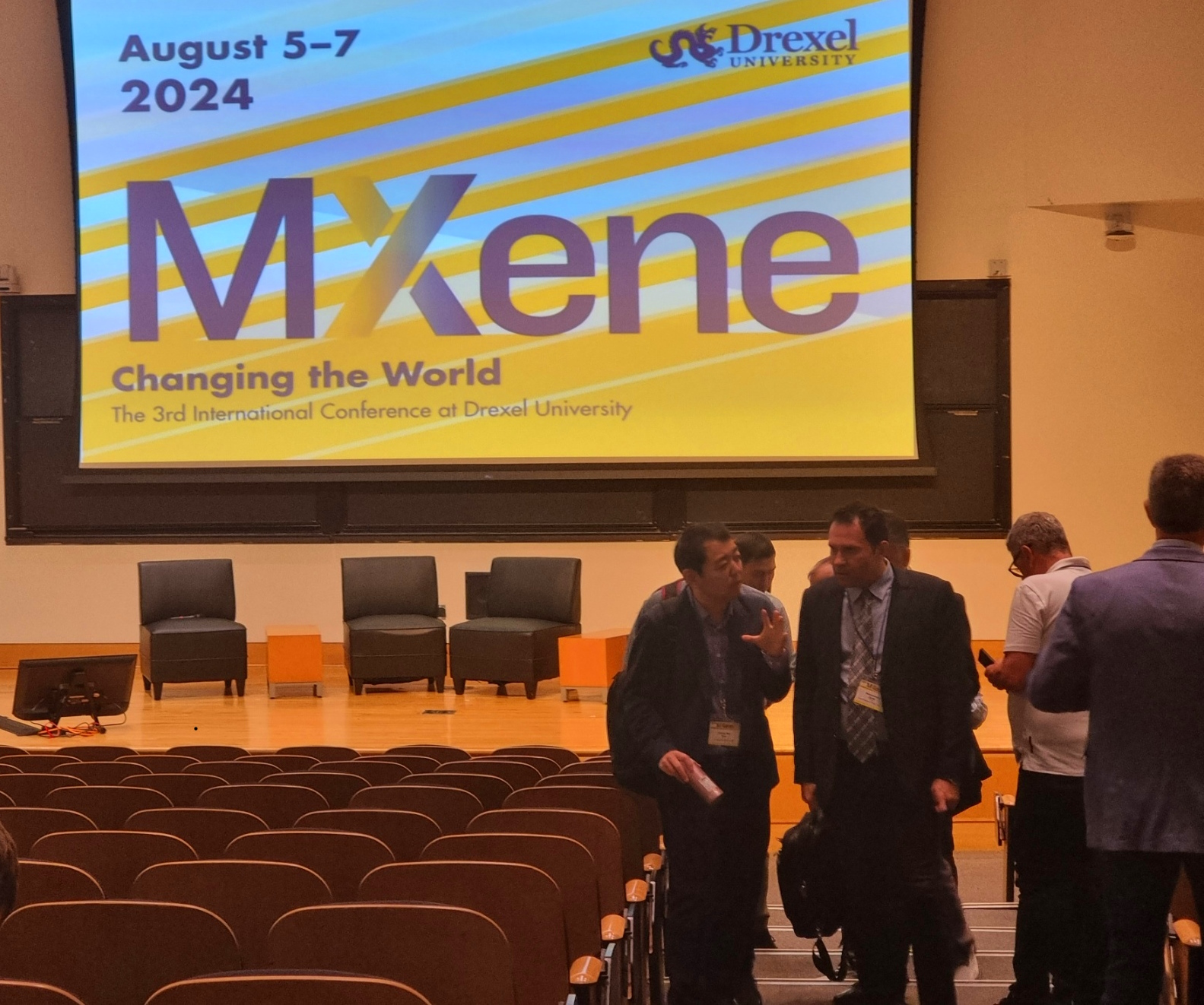 MRC and Carbon-Ukraine team visited the 3rd International MXene conference held at Drexel University on August 5-8, 2024. Conference brought together the best reserchers and leading experts on MXene field.
MRC and Carbon-Ukraine team visited the 3rd International MXene conference held at Drexel University on August 5-8, 2024. Conference brought together the best reserchers and leading experts on MXene field. 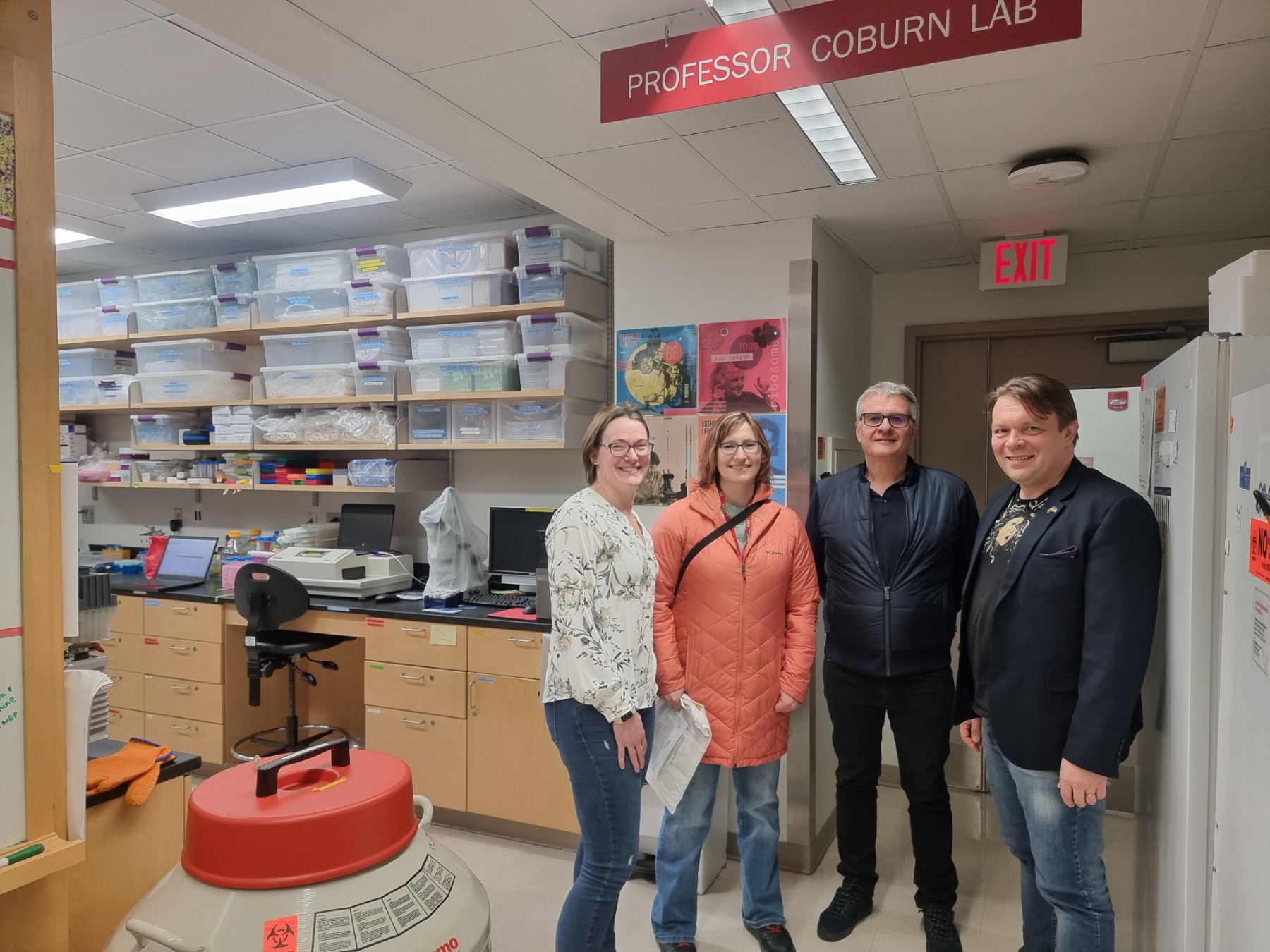
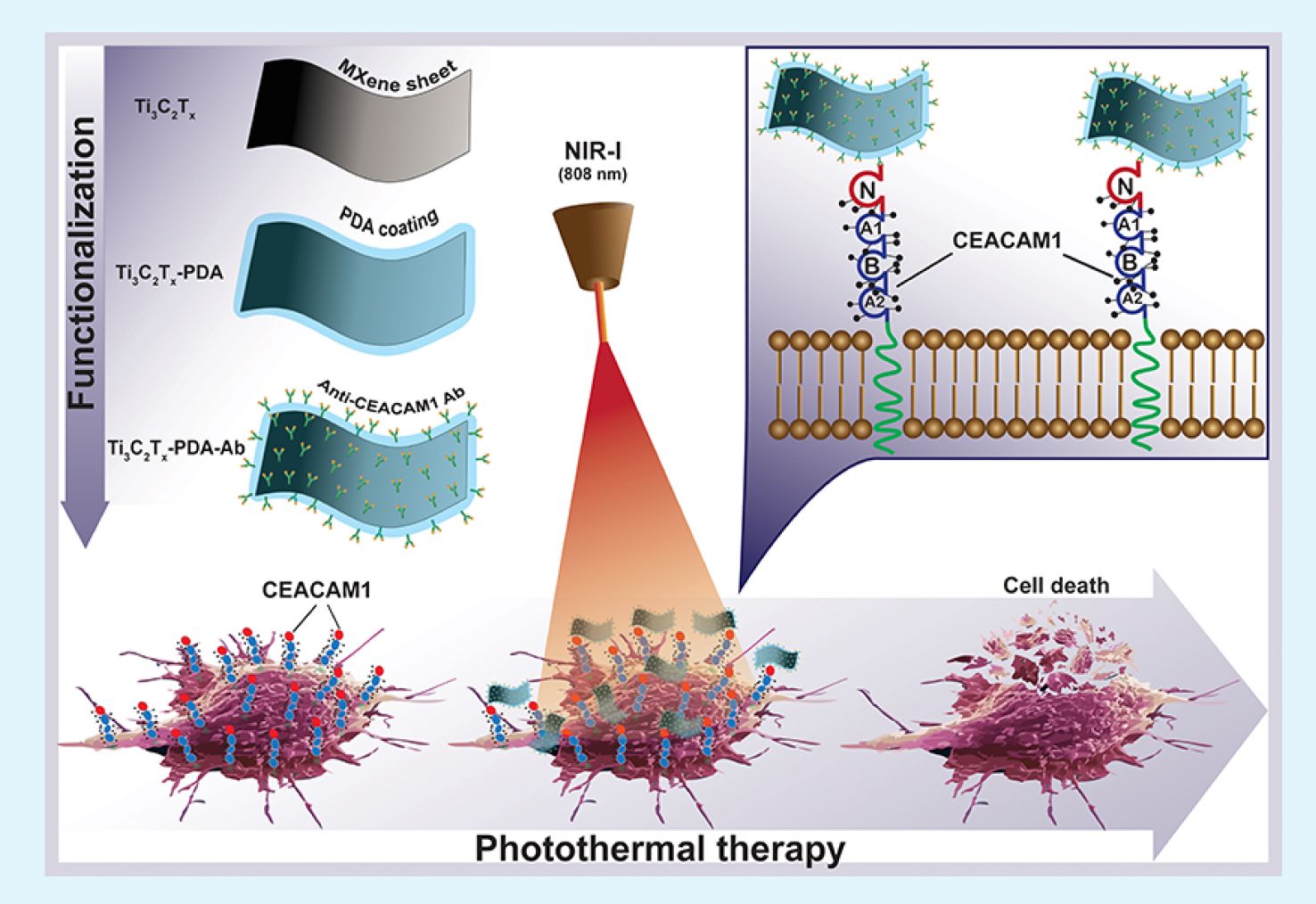 Together with colleagues from the University of Latvia, MRC/Carbone Ukraine, Adam Mickiewicz University, University Clinic Essen, and others, we have developed a novel concept involving the binding of antibodies to MXenes. In our research, we utilized anti-CEACAM1 antibodies to develop targeted photo-thermal therapy for melanoma (in vitro), paving the way for future in vivo studies and clinical trials. For the first time, we demonstrate the feasibility of delivering MXenes specifically targeted to melanoma cells, enabling the effective ablation of cancer cells under near-infrared (NIR) light. This new technique opens up vast potential for the application of MXenes in cancer treatment, diagnostics, drug delivery, and many other medical purposes.
Together with colleagues from the University of Latvia, MRC/Carbone Ukraine, Adam Mickiewicz University, University Clinic Essen, and others, we have developed a novel concept involving the binding of antibodies to MXenes. In our research, we utilized anti-CEACAM1 antibodies to develop targeted photo-thermal therapy for melanoma (in vitro), paving the way for future in vivo studies and clinical trials. For the first time, we demonstrate the feasibility of delivering MXenes specifically targeted to melanoma cells, enabling the effective ablation of cancer cells under near-infrared (NIR) light. This new technique opens up vast potential for the application of MXenes in cancer treatment, diagnostics, drug delivery, and many other medical purposes.